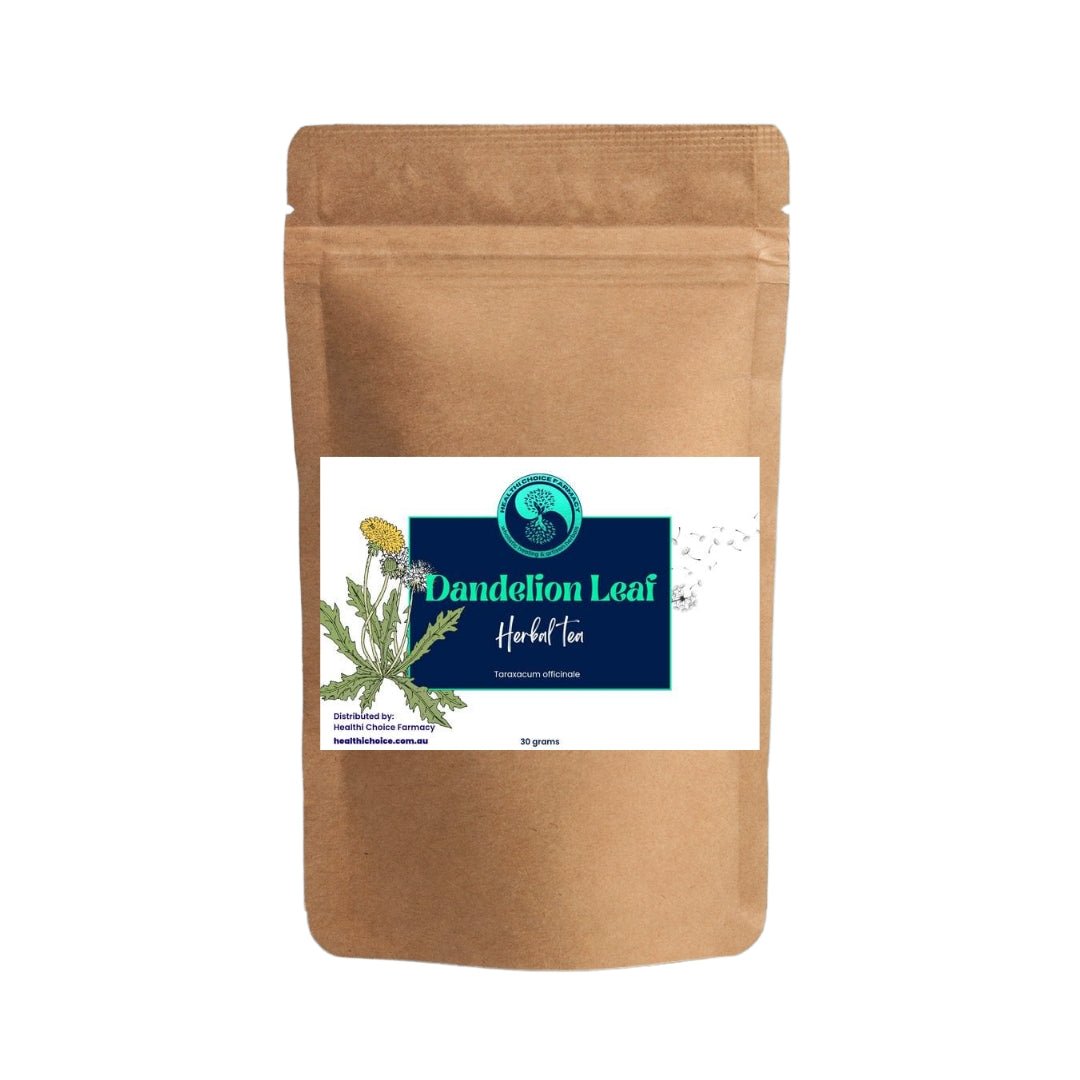Healthi Choice
Dandelion Leaf Loose Leaf Tea | Organic |Taraxacum officinale
Dandelion Leaf Loose Leaf Tea | Organic |Taraxacum officinale
Couldn't load pickup availability
Botanical Name:Taraxacum officinale
To make tea, pour hot water onto about 1 teaspoon dried leaves and steep for 5-10 mins
DANDELION (Taraxacum officinale) is much more than just a weed growing in the yard! It has been cultivated for its culinary & medicinal benefits for centuries!
HIGHLIGHTS:
- A German university study found that the common dandelion (particularly the leaf) can block spike proteins from binding to the ACE2 cell surface receptors in human lung and kidney cells.
- One of the BEST known blood builders & purifiers available
- Dandelion contains all the nutritive salts for the blood and is more nutritious than most of the vegetables in a garden.
- It's antiviral, antimicrobial, anti-inflammatory and has excellent levels of vitamins A, C, D & B complex.
- As a top liver cleanser & protector, it detoxifies the liver & protects it from toxins.
- a diuretic to aid kidney function
The common dandelion (Taraxacum officinale) belongs to the plant family Asteraceae, subfamily Cichorioideae with many varieties and microspecies. It is a perennial herb, native distributed in the warmer temperate zones of the Northern Hemisphere inhabiting fields, roadsides and ruderal sites. T. officinale is consumed as vegetable food but also employed in European phytotherapy to treat disorders from the liver, gallbladder, digestive tract or rheumatic diseases. Modern herbal monographs consider the plant usage as safe and have evaluated the empiric use of T. officinale with a positive outcome.
DETOX PROTOCOL
SPIKE PROTEIN - MEDICAL RESEARCH - this version posted March 19, 2021
Molecular Preventive Medicine, University Medical Center and Faculty of Medicine – University of Freiburg, Engesserstraße 4, 79108 Freiburg, Germany
"Common dandelion (Taraxacum officinale) efficiently blocks the interaction between ACE2 cell surface receptor and SARS-CoV-2 spike protein D614, mutants D614G, N501Y, K417N and E484K in vitro Hoai Thi Thu Tran1 , Nguyen Phan Khoi Le1 , Michael Gigl2 , Corinna Dawid2 , and Evelyn Lamy1*"
https://doi.org/10.1101/2021.03.19.435959
All information provided on this website is for informational purposes only. Please seek professional advice before commencing any treatment.




